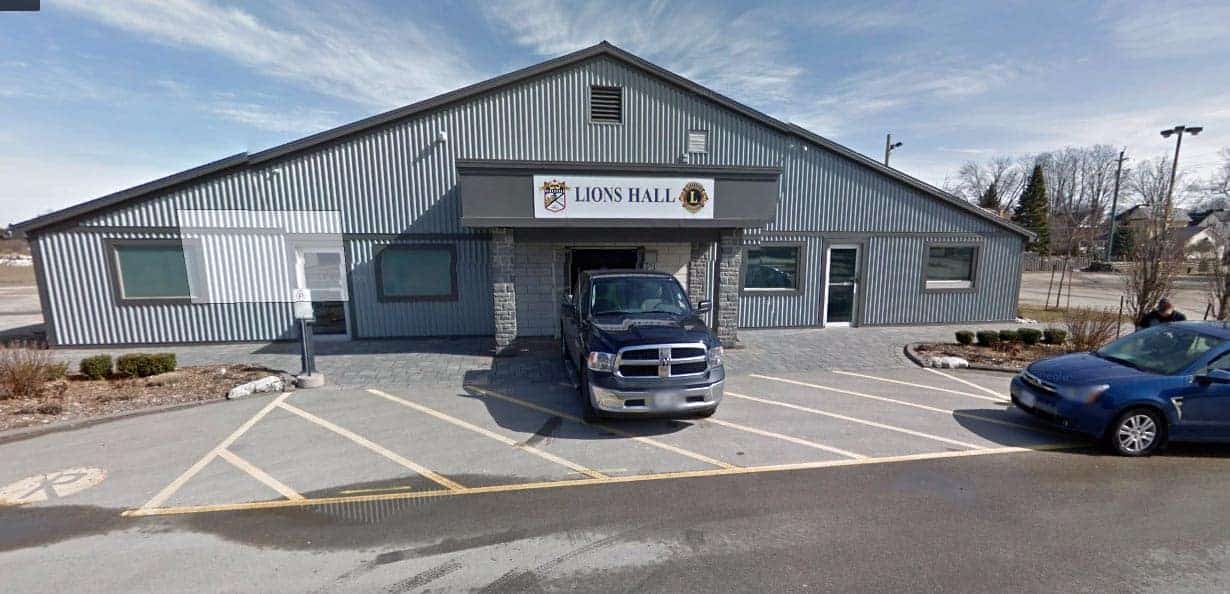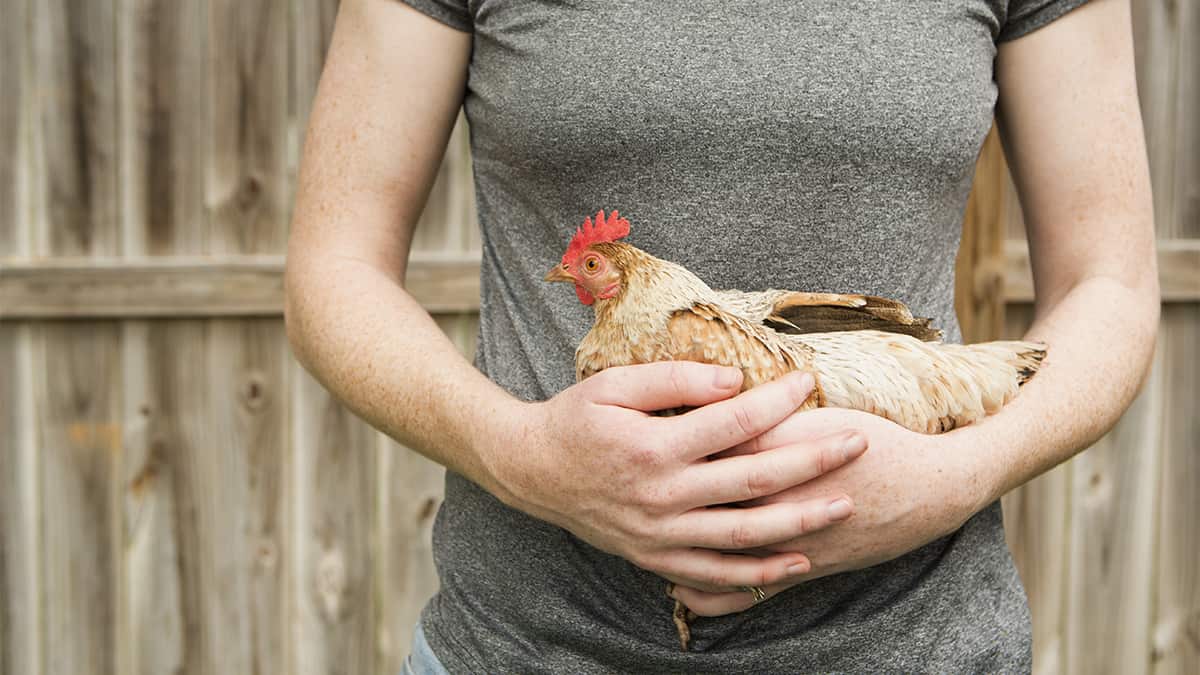Concerned about the impact of a second wave of COVID-19, Waterloo Region health officials have enacted provincial legislation that compels residents to follow public health regulations.
Medical officer of health Dr. Hsiu-Li Wang invoked what’s known as a Section 22 order effective Tuesday morning.
While the 129 active cases at midweek is down from a week earlier (156), the numbers still remain higher than they’d been since early on in the pandemic.
This week’s order makes it mandatory for those with a confirmed case of COVID-19, those who have symptoms and those who’ve been in close contact with some afflicted by the virus to isolate themselves without delay.
Stricter rules are needed to combat the spike in cases, Wang told regional councillors meeting Tuesday.
“We’ve heard a lot about COVID infections rising predominantly in younger age groups, such as those under 40. That is true. As can be seen in our own trends in Waterloo Region … in the younger age groups, we are seeing much less severe illness and hospitalizations. In Waterloo Region we currently have two persons hospitalized and no additional deaths, but there is an important thing to remember: infections do not stay isolated to certain age groups. We are already seeing this movement into other age groups in Ontario,” she said.
“Initially, Ontario’s second wave of COVID-19 was primarily impacting the 20- to 39-year-old age groups, but case growth is now occurring in all other age groups. Society overall has opened up much more [that people] will interact with others in various age groups, through school, through work through family or social gatherings.”
Steps are being taken to reduce transmission rates, said Wang.
“An analogy that I like to use is that of a hockey goalie. You can be a good goalie and defend against a lot of shots – that is a lot of cases coming into various settings – but if the shots come at you much quicker and at much greater frequency, it will become harder and harder to prevent a puck from getting through,” she explained.
“So, increased community spread is like more shots on goal; it leads to more cases and more outbreaks in various settings.”
Currently sitting at 131 active cases, the region has seen 1,828 people infected since the virus was first identified here. Of those, 1,577 cases have been resolved (86 per cent). The number of fatalities remains unchanged at 120.
Outbreaks have been declared at five locations in the region: two long-term care and retirement homes, a childcare centre and two at schools. In Woolwich Township, an outbreak was declared at St. Jacobs Day Care Inc., where one individual tested positive for the virus
The higher numbers of new cases and an increase in the positivity rate of testing – now about seven per cent – helped convince Wang to reverse her stance on Section 22 orders, which she had previously avoided because of the onus it puts on individuals and business orders to ensure all regulations are being followed.
“We are in a very precarious time,” said Wang. “We know Toronto, Ottawa and Peel currently have the highest rates. Other midsize health unit areas like ours have also started to see increasing rates.”
In neighbouring Wellington-Dufferin-Guelph, which also invoked Section 22, the numbers remain lower. At midweek, the health unit reported 48 active cases of the coronavirus – none of them requiring hospitalization – bringing the cumulative total to 686, of which 601 (87.6 per cent) have been deemed resolved.
The province is still dealing with a spike but a slightly lower numbers than seen last week, though the total number jumped more than 4,000 to 55,362 in the past seven days. There have been 2,987 deaths attributed to the virus – 140 additional fatalities in a week – representing a mortality rate of 5.4 per cent. The ministry reports 46,906 cases (84.7 per cent) have been resolved.
The latest numbers from Health Canada show 171,323 confirmed cases of COVID-19 nationwide, a spike of some 15,000 in the past week, with 9,530 related deaths, a mortality rate of 5.6 per cent.









